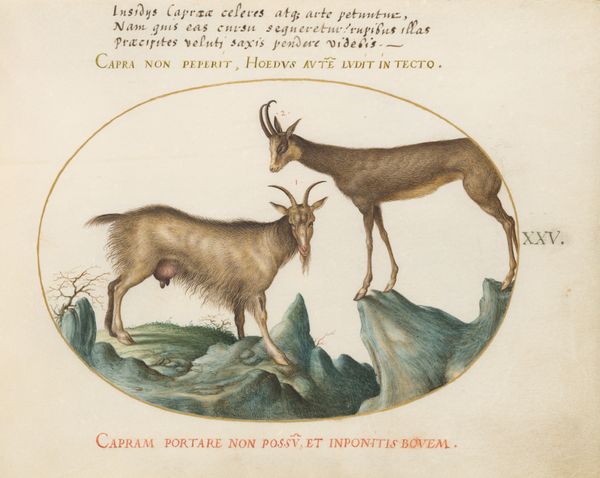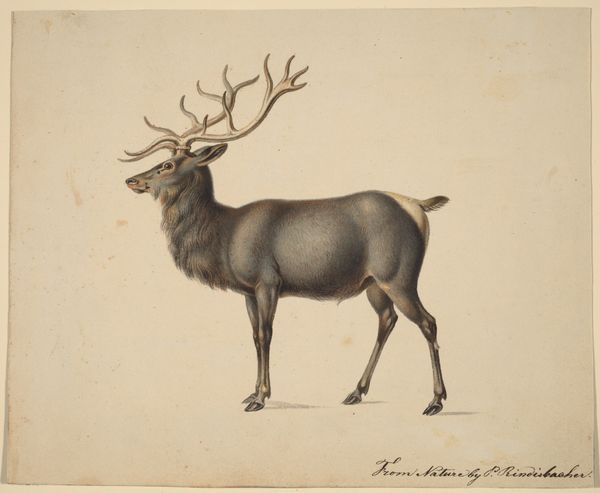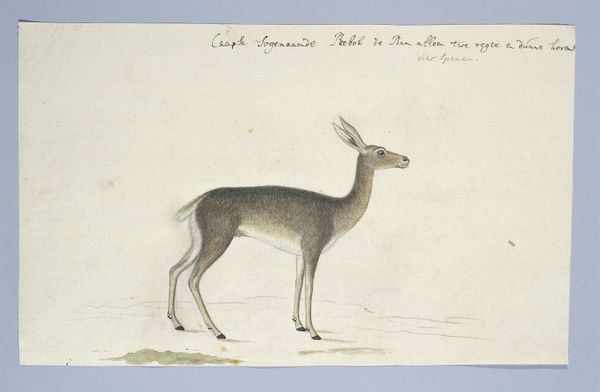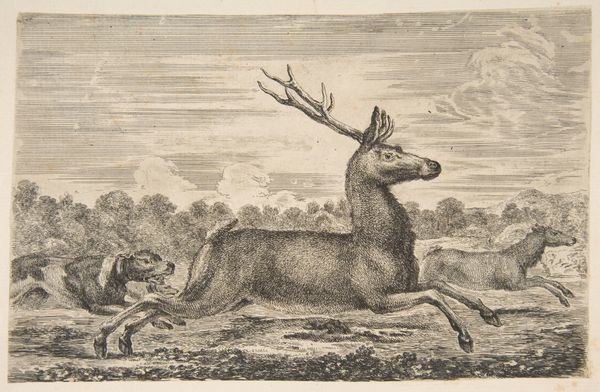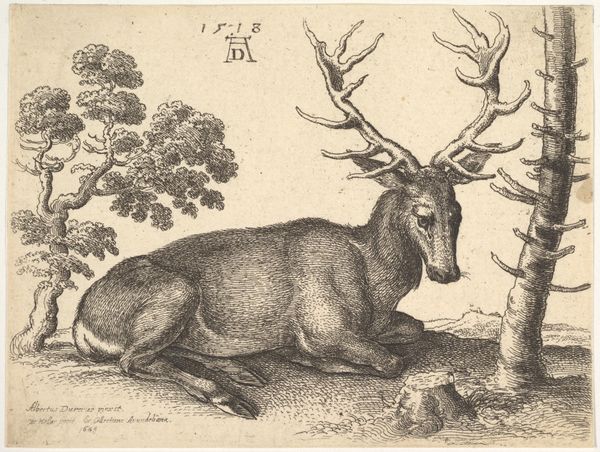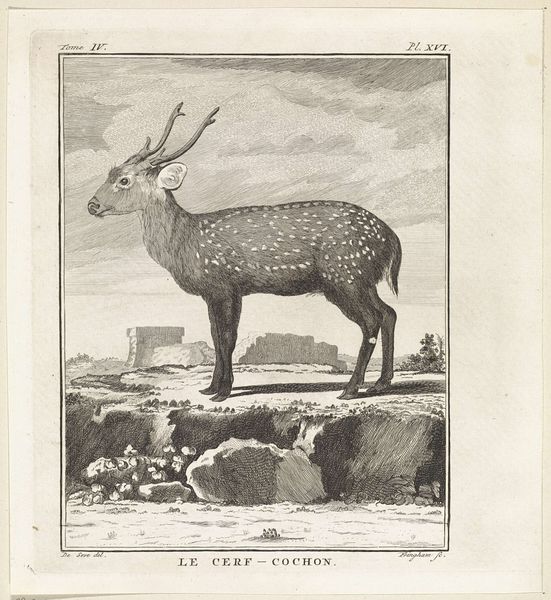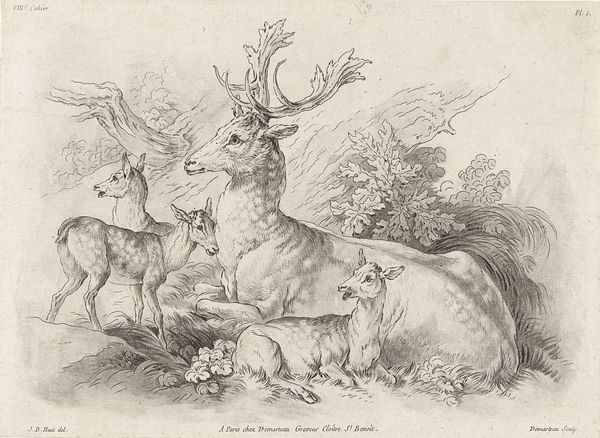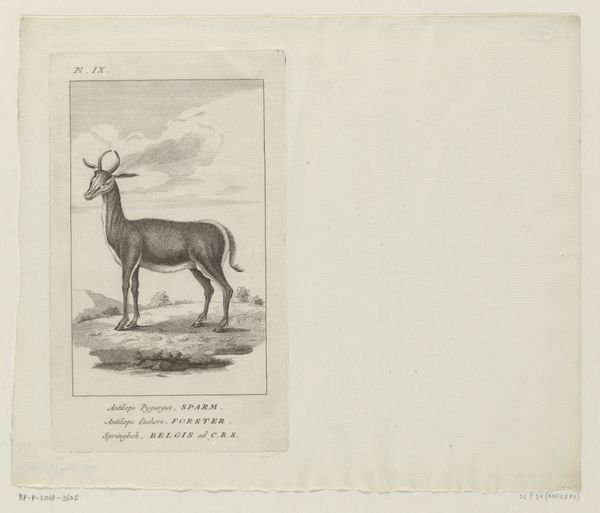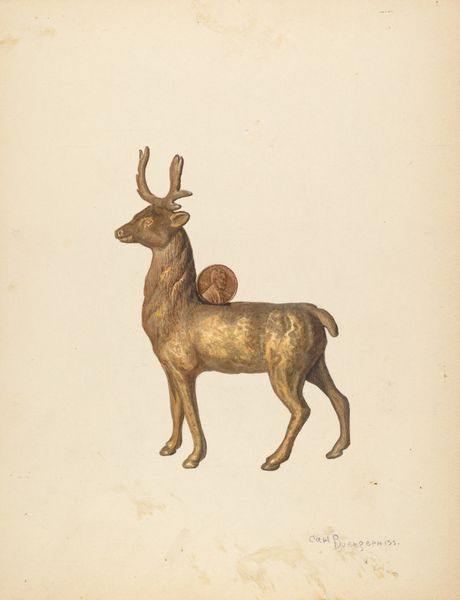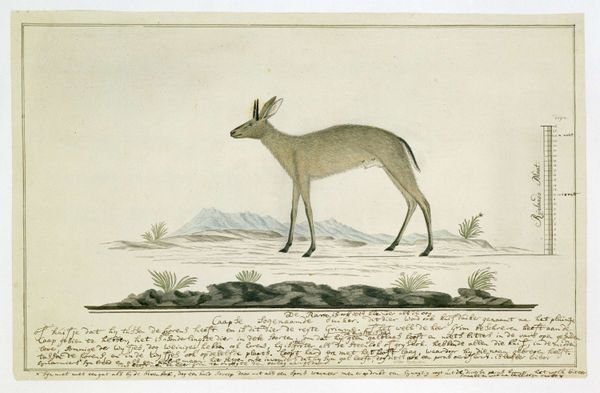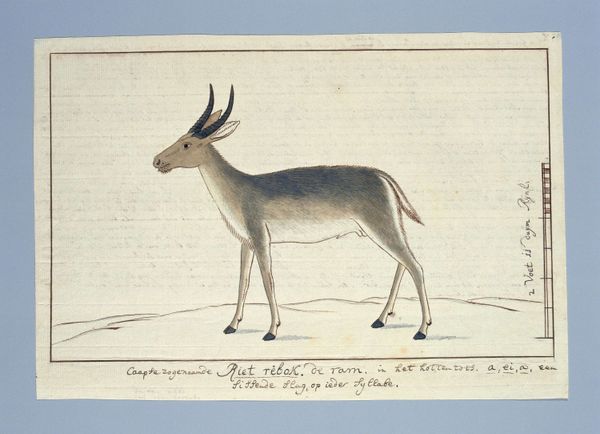
Plate 20: Three Types of Stags with a Dormouse(?) 1575 - 1580
0:00
0:00
drawing, watercolor
#
drawing
#
animal
#
figuration
#
11_renaissance
#
watercolor
#
coloured pencil
#
northern-renaissance
#
miniature
#
watercolor
Dimensions: page size (approximate): 14.3 x 18.4 cm (5 5/8 x 7 1/4 in.)
Copyright: National Gallery of Art: CC0 1.0
Curator: This delicate rendering is "Plate 20: Three Types of Stags with a Dormouse(?)," a watercolor and ink drawing by Joris Hoefnagel, dating back to the late 16th century. Editor: My goodness, what a curious and peaceful gathering! It almost feels like a scene lifted straight from a bestiary, where animals are both observed and imbued with symbolic meaning. There's a quaintness, a touch of fable about it, wouldn't you agree? Curator: Absolutely. Hoefnagel, a master of miniature, excels in this detailed representation. His almost scientific eye captures the nuanced forms of the stags. It seems the positioning is based on observation while referencing iconographic sources. I suggest paying particular attention to the variation in their antlers—notice the differences in branching and shape! Editor: And then there’s this little dormouse looking as though it is hiding behind a large tree at the lower part of the scene. Speaking of symbols, what might that Latin text at the top and bottom of the image—"Ne Caprea contra Leonem" and "Ex Longævo Prudentia"—tell us about the artwork? It is something of a puzzle for me. Curator: Those are, indeed, key. "Ne Caprea contra Leonem," meaning "Do not set a goat against a lion," hints at themes of prudence, and the folly of unequal matches, whilst “Ex Longævo Prudentia," "From longevity, prudence," extends it. Hoefnagel's imagery likely reflects broader moralistic messages popular in Renaissance emblem books and natural histories. Editor: So, the stags—each subtly distinct, positioned amidst foliage—are more than just biological specimens, they are figures in a larger allegorical design. The composition places each element—animal, tree, text—in dynamic relation to one another, almost narrating. Curator: Precisely! Hoefnagel, I would suggest, achieves a synthesis between artistic naturalism and symbolic meaning. Through the interplay of natural forms and symbolic language, Hoefnagel's piece invites deeper contemplation on the intricate ways in which Renaissance society perceived the natural world as a vessel for conveying morals. Editor: It really adds depth to one's encounter with it! You know, viewing art isn't just seeing. It is peeling back the layers, too, to realize its profound capacity for meaning.
Comments
No comments
Be the first to comment and join the conversation on the ultimate creative platform.

